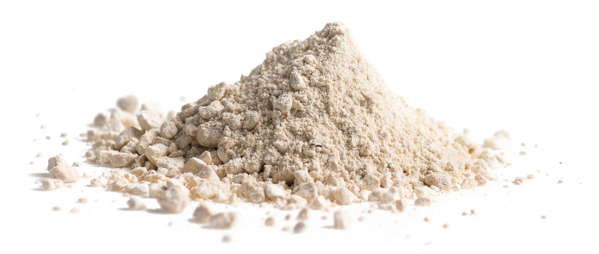Calcium carbonate (CaCO3) is an abundant substance found in 4% of the earth’s crust making it one of nature’s more plentiful raw materials.

Geologically, it can be found in rocks such as chalk, limestone and marble, as well as in organic sources such as eggshells, snail shells and seashells.
Historically, calcium carbonate has been used by humans for 42,000 years. Nearly all prehistoric cave paintings have traces of calcium carbonate. In Roman times, it was used for a range of applications from building roads to cosmetics. In Anglo-Saxon Britain, chalk was used as a fertiliser for agricultural land and medicinally to combat scurvy.
The properties of calcium carbonate differ based on their formation. Four common types used in industry are:
Chalk
A poorly compacted sedimentary rock predominantly composed of compacted coccoliths (a lime-secreting algae)
Limestone
A more compacted sedimentary rock than chalk, it is formed from the remains of microscopic animals or foraminifera (very simple microorganisms)
Download the Mineral Planning Factsheet for Industrial Limestone
Dolomite
Formed as limestone but in the presence of magnesium, resulting in the ‘dolomitisation’ process
Download the Mineral Planning Factsheet for Industrial Dolomite
Marble
A metamorphic rock which is formed when chalk or limestone are recrystallised under high pressure and temperature.
